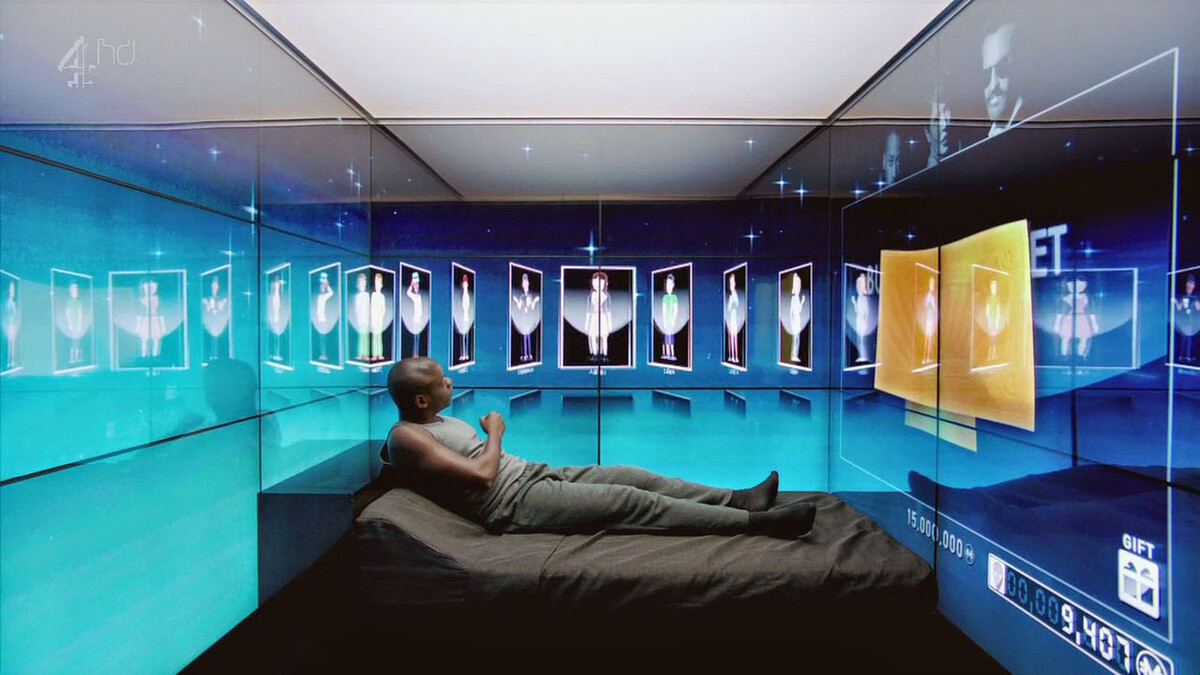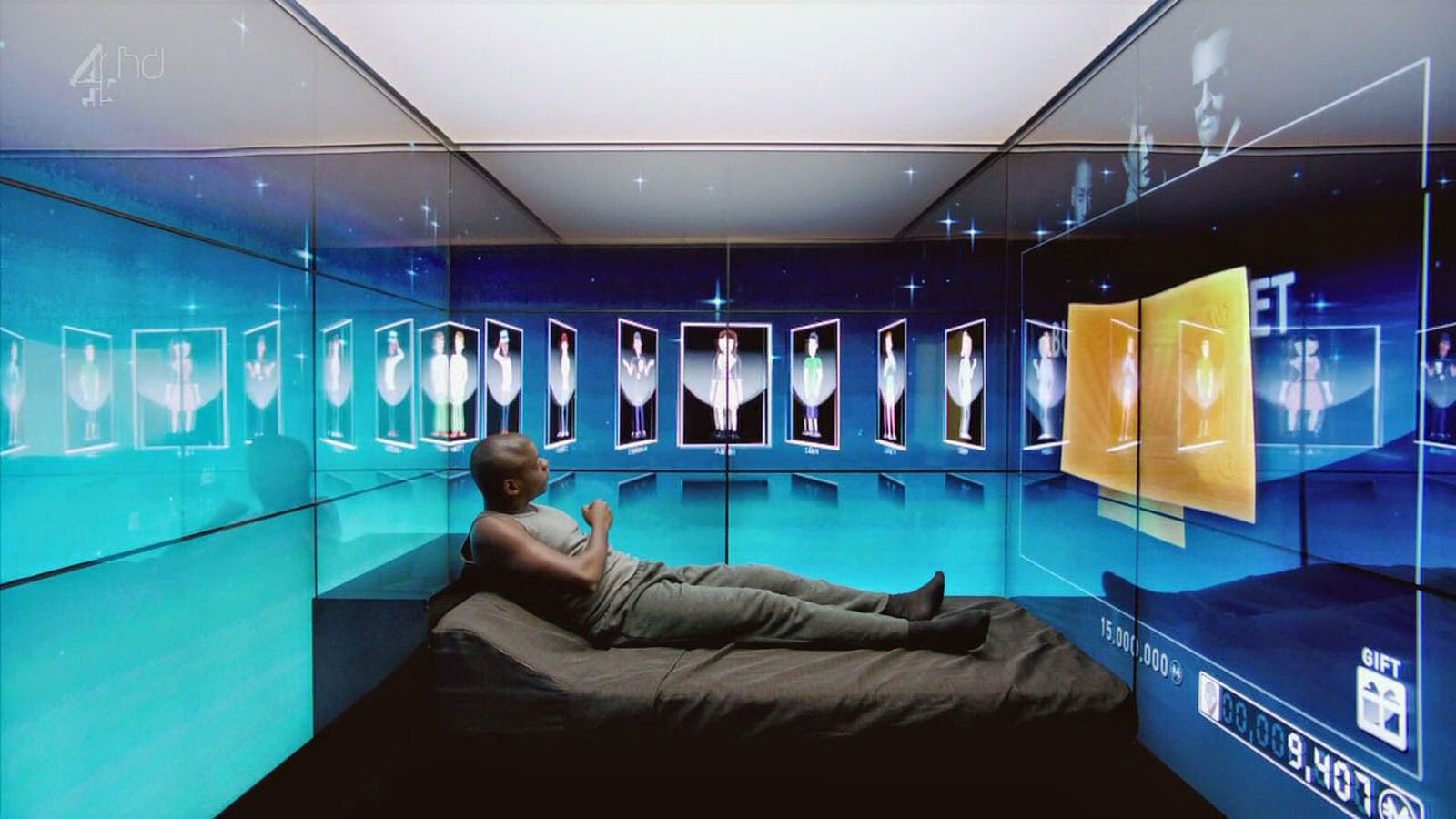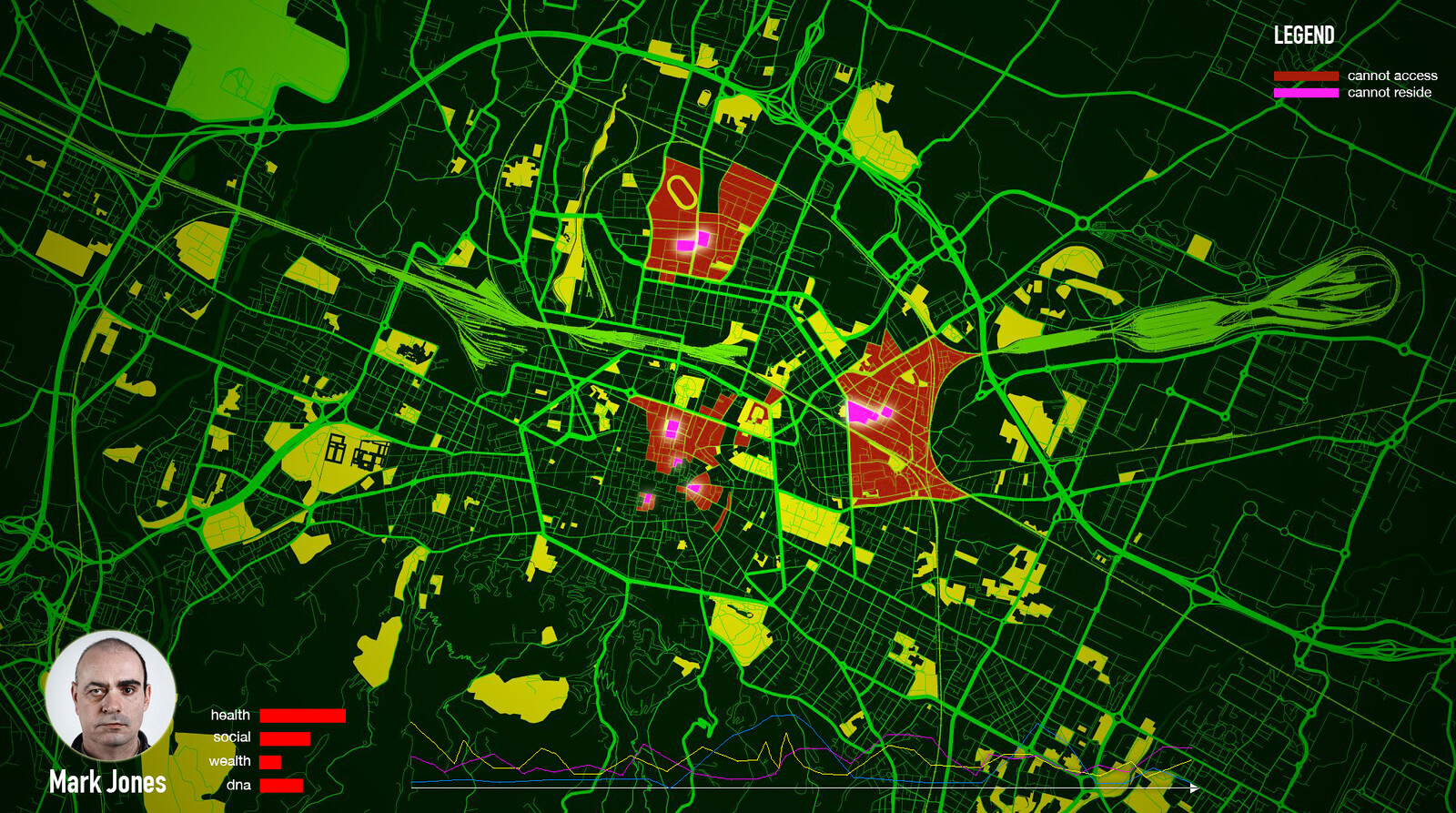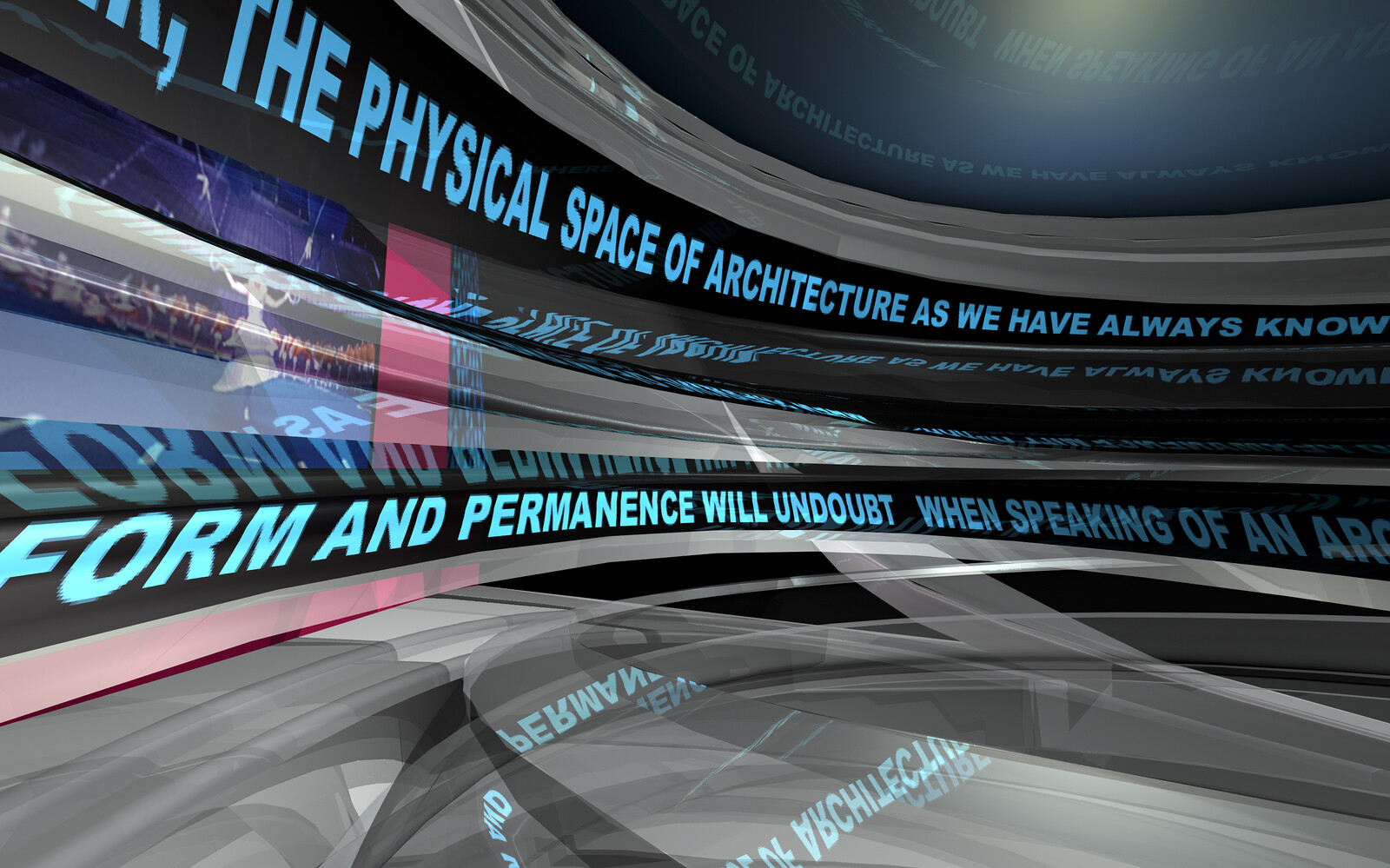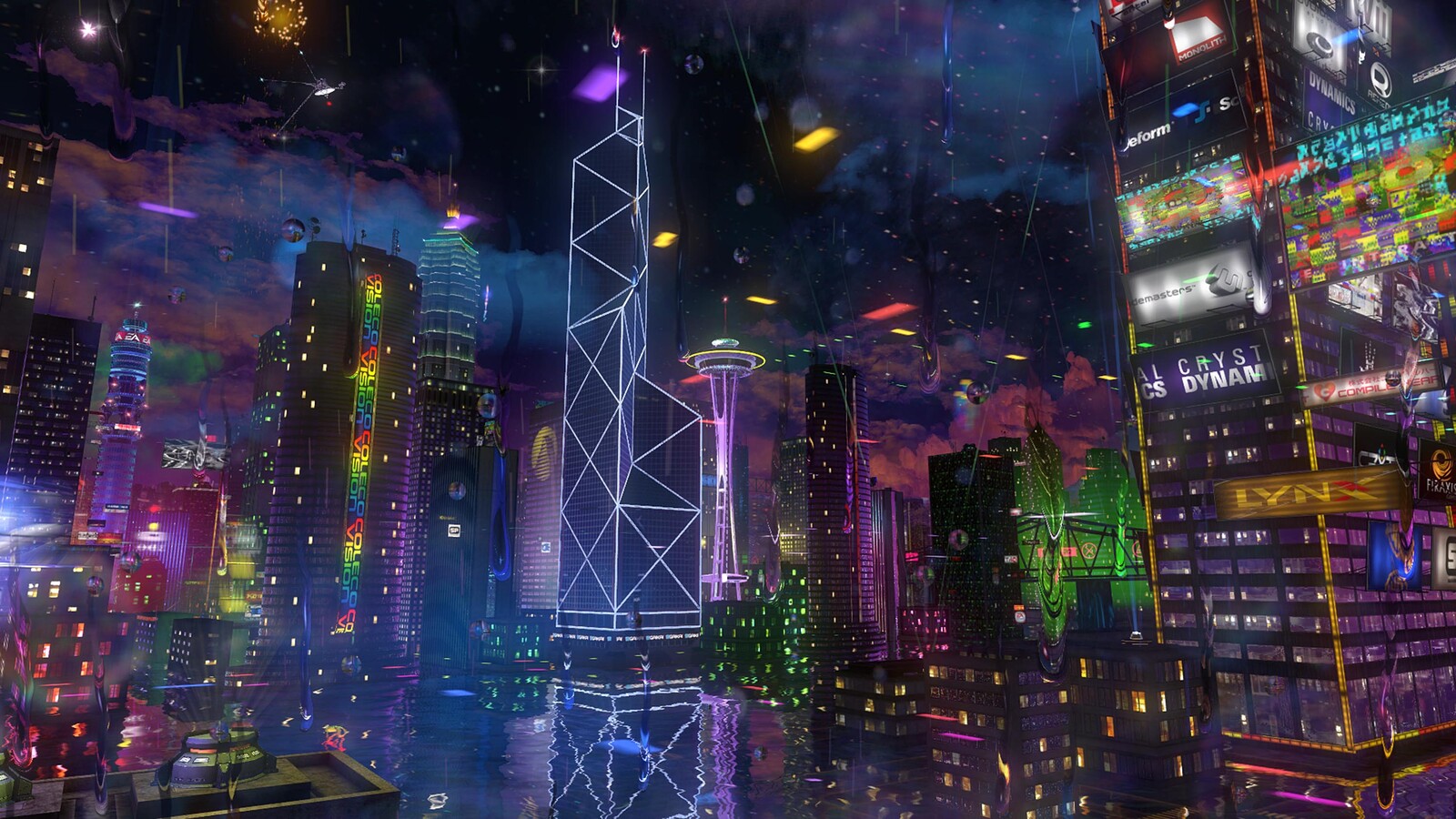What does it mean to speak of “postinternet cities” or “postinternet architecture”? To invoke any post- term (postinternet, postmodern, post-technological), especially in the context of that trusty binary of utopia/dystopia, we seem to have an a priori whiff of the future. And yet the word alone reveals the truth of its pointing to a post hoc condition; of reflecting on something that has already come to be status quo.
When I began using the term postinternet over a decade ago to describe my own art work and that of my peers that I wanted to support, I had no inkling that I was starting a controversial movement or “coining” a term over which others would fight about the provenance, insisting it must have been this or that man that actually said the word before me or knew better what he meant than I did. I could not project that Kanye West would come to call himself the “Postinternet Disney” and describe his wedding seating chart as arranged according to postinternet philosophy, or that I’d one day open the catalogue for an exhibition I was in and find anonymously quoted “London gallerists” laughing around a far away dinner table about wanting to kill me for having coined the term.
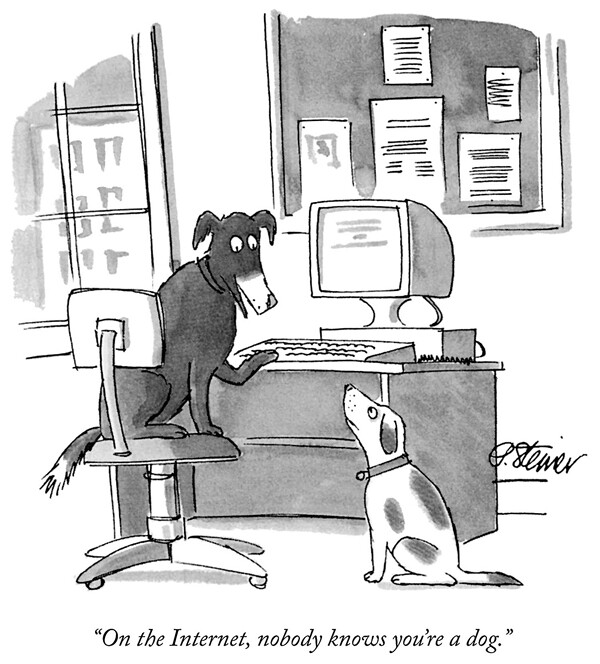

Image from The New Yorker, cartoon by Peter Steiner, 1993.
As I feel I’ve now had to repeat endless times over the last decade, only to constantly read that postinternet art has yet to be defined, or to endlessly see people compelled to place the words “so-called” before the term, I was simply doing two things in using the word “Postinternet”:
1. Describing my own work, which was a combination of art made online and art made offline, “after the internet,” i.e. immediately after logging off and in the style of the internet, both celebrating and critiquing it—much as I also did online, independently and in my “pro-surfer” work as a founding member of the collective Nasty Nets;
2. Working at Rhizome, an organization then about to celebrate its tenth anniversary of supporting internet art, I wanted to expand the mission statement to address internet-engaged art that could be offline or online. At the time, it seemed radical to propose that a painter, photographer, or textile artist could be an internet artist and that these underdogs could use our support. Who knew postinternet was about to be the most common submission theme at the Frieze fair?
Both of these sentiments were informed by my having been a part of the new media scene since the mid/late-1990s. It all came out of a zeitgeist in which I’d been influenced by the other artists I was seeking to champion (not to mention the thinking of much earlier artists like Nam June Paik, who said even in the late 1960s, “Cybernated art is very important, but art for cybernated life is more important, and the latter need not be cybernated”), as well as curators & critics like Sarah Cook, Steve Dietz, Josephine Bosma, Jon Ippolito, and Lev Manovich, who’d all expressed related sentiments, including the fact that new media was not really new anymore and the novelty had worn off. In a sense, these were organizers shoring up and riding a line between utopia and dystopia: Whereas they’d once gone out on a limb to identify experimental forms and practices in art, those practitioners were now starting to feel ghettoized in the small niche expression zones painstakingly carved-out for those using technology to make art, whereas the rest of the world was using technology to do… everything.
I summarize this old story here for those readers unfamiliar with it and to draw out a point I feel might be germane to the discussion of postinternet architecture. One small, yet often overlooked aspect of the postinternet movement is its social context. In a broader art world in which curators are controversially including their partners in biennials and nepotism abounds, social connections are often a dirty joke, if not a secret, but I think it behooves those with an interest in city planning, architecture, and broader concepts of world-building to consider these social aspects when they draw on networked culture and aesthetics to design for the social and emotional needs of communities that are increasingly defined by their relationship to digital media. I do not mean to imply that nepotism was the word of the day and that it should also drive architecture, but rather that sharing, social bookmarking, the old saw that “information wants to be free,” and a spirit of internet friendship were the guiding ethos behind the genesis of the movement.
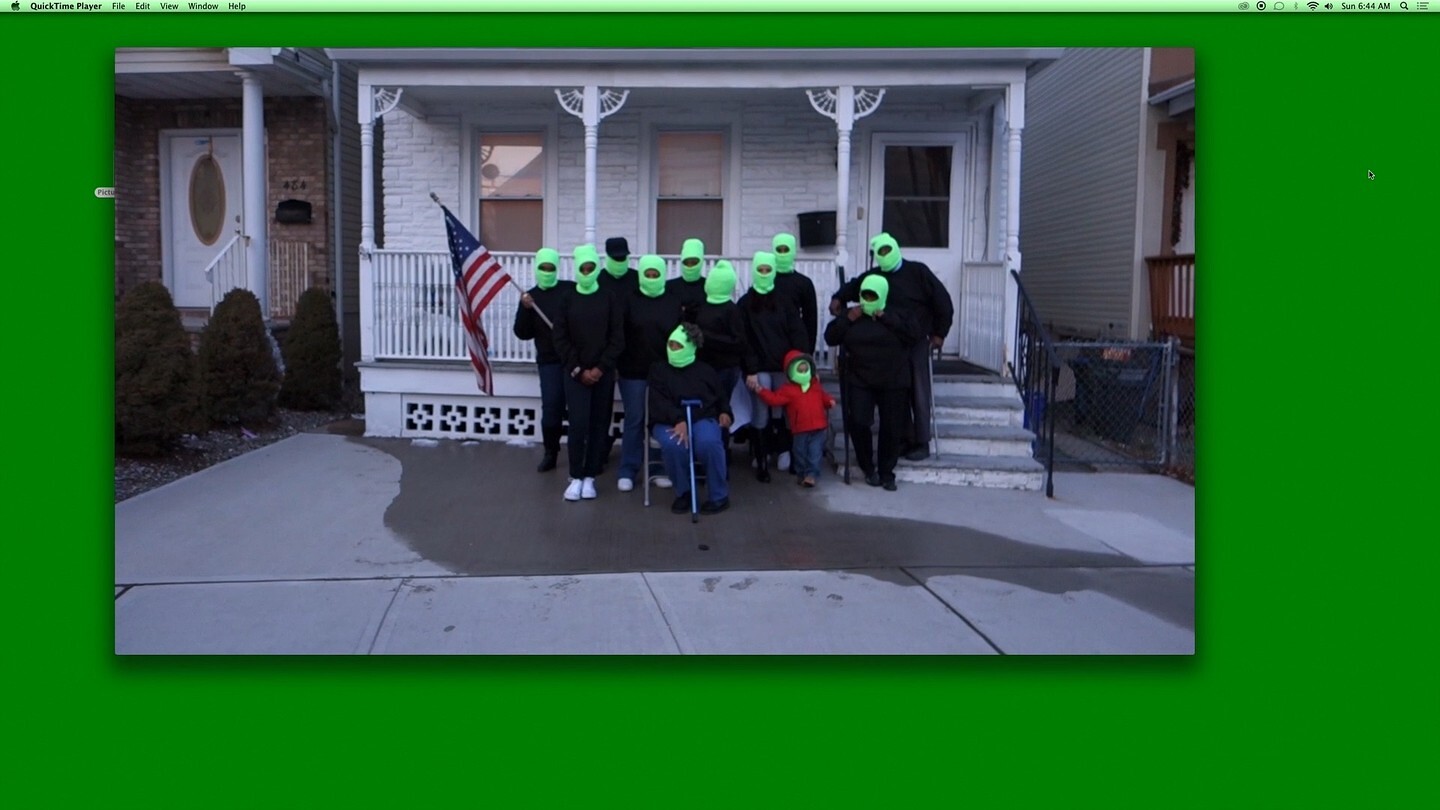

Sondra Perry, Lineage for a Multiple-Monitor Workstation: Number One, 2015. Courtesy of the artist.
Much as I referred earlier to the late-90s dichotomy between what new media artists were doing with technology and how the rest of world related to it, the reason that the term “postinternet” now refers to a status quo is that, certainly for those who are reading and exchanging the word (those whom I presume to be literate Westerners with access to the World Wide Web), the internet is a given. We know what it is, what it looks like, what its aesthetics and many of its inside jokes are about, and we’re not surprised when we see its vapors offline: Yelp stickers on restaurant doors, emoji magnets, Tumblr aesthetic bedsheets, etc. In fact, we increasingly see very little difference between online and offline, because the internet keeps our calendar of events, GPS helps us arrive at destinations—moreover, technology often helps us be in two places at once, we live-tweet and Instagram experiences (if only in our minds and conversations), we punctuate our downtime by checking our phones for emails and texts, and as we so often joke, we never log-off.
If there is any reason at all to have a word like “postinternet” (and at this point, it really could be any word), it is to have a placeholder to discuss the situation of network conditions. Feeling unable to unplug (due to the forces of capital, the infrastructural reach of the grid, family expectations, FOMO, etc.) is but one of many symptoms of network culture, which may also include the perversion of the notion of “transparency” in the slippage between surveillance and software lingo; the dismissal of failure and the abject along with a conflation of “disruption” and experimentation; a naiveté as to the physicality of infrastructures and the spatial logic of the net; the ongoing veiling of physical, intellectual, and affective labor involved in the production and maintenance of network culture and its participants; an outdated assumption that technological determinism is somehow teleological; and finally two that relate most to our purposes here: an overarching internet centrism, a la Jaron Lanier’s “cybernetic totalism” that casts an anthropomorphic lens on the net privileging a singularity in which nature and technology are fusing in a misguided assumption that technology and the net will solve all of our emotional problems; and lastly a kind of eschatological cynicism of the doomedness of the network (and hence human cultures) that has led to the misnomer (and subsequent criticism) that “post-internet” refers to the death of the internet, a fallacious techno-apocalypse.
All of that said, to imagine planning for the city of the future in the context of designing postinternet architecture is to imagine designing for the singularity—a moment in which the intelligence, creative, and emotional capacity of humans is seen to merge with or be surpassed by machines. It should be pointed out that this concept is defined by its speculative nature, and that various writers have cast it as utopian versus dystopian. As an artist and cultural historian of technology, my interest lies in the perseverance of the theory, as an artifact, and the way that it reflects and even affects (as a phantasmatic byproduct of programmers and developers who subscribe to the ideal) the way that we share information across social networks and the public sphere writ large. After all, these are our commons and the spheres around which we bounce and mold our ideas of public and private. In fact, I would argue that the introduction of metaspheres—of online and offline spaces that are both real and different worlds—have bifurcated these concepts so that we have more than one notion of public or of private. There can be private acts in public space, public records of very private information, an insistence on privacy that stands parallel to a persistence in frequent public disclosure.
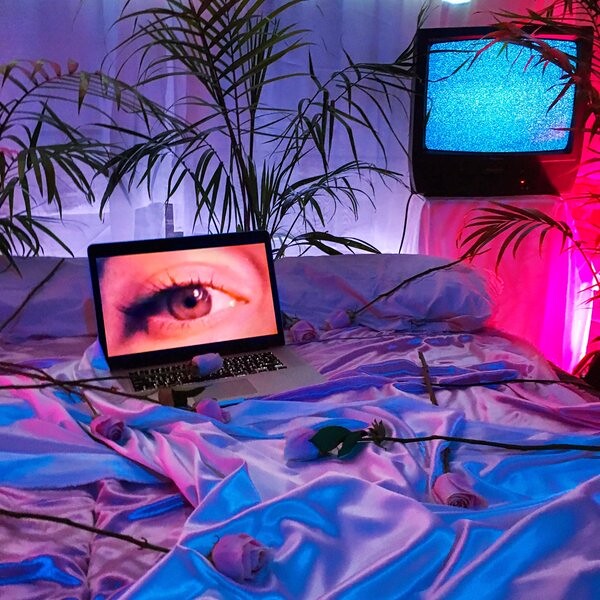

Installation view of Signe Pierce, Virtual Normality, 2017.
It’s almost as if the more we try to push toward these binaries, the more tenuous they reveal themselves to be. To give in to them is to be locked into a kind of Althusserian subjectivity that queer theory has described all too well as a non-choice. If we try to persist with frameworks of proposed heterogeneity that really offer only a sequence of either/or choices—choose your own adventure: public or private, inside or outside, utopia or dystopia, skyscraper condo or suburban duplex—we may in fact be both liquidating all fantasy potential from the concept of the utopic and overriding the greatest creative tactic at the disposal of the overall schema of postinternet art, which falls under the rubric of appropriation.
To speak first to the latter, I mean to say that whether a work of postinternet art is online or offline, in any medium or duration whatsoever, part of its distinction as such is its participation in conveying, critiquing, existing under or during the conditions of network culture. The work itself is somehow part and parcel of those conditions, and one likely would not have to look hard to see those symptoms. This ability to appropriate at a sort of constitutive, DNA-level blows open the shutters on discourses of relationality, binarism, perspectivalism, and either/or states of being. This is where postinternet meets sci-fi meets 17D-modeling.
This is where we meet fantasy and look back to the future. The literary and film theorist José Esteban Muñoz wrote, in Cruising Utopia, “The here and now is a prison house. We must strive, in the face of the here and now’s totalizing rendering of reality, to think and feel a then and there. Some will say that all we have are the pleasures of the moment, but we must never settle for that minimal transport; we must dream and enact new and better pleasures, other ways of being in the world, and ultimately new worlds.” Muñoz, a pioneer among queer theorists in arguing for a postbinary way of looking at the world, drew on close readings of multiple artists to expand the definition of “queer” to embrace a broad vision of an alternate reality: “Queerness is essentially about the rejection of a here and now and an insistence on potentiality or concrete possibility for another world.”
I am not an architect, not a city planner, not even an engineer or psychic with a great sense of what the future holds. I am simply a city dweller. A resident. I’ve called four countries home in my life, and numerous cities. I’ve read and even taught all the great undergrad theories on the poetics of space and place, and their phenomenologies and semiotics too, but at the end of the day I find myself thinking more about Black Mirror and Tron and Tati than Bachelard or Merleau-Ponty when I think about the future and what I may or may not want in a living space. I think about FOMO vs JOMO (the Fear of Missing Out versus the Joy of Missing Out) while at home, isolating oneself from humans on a “social network,” and the relationship between windows in rooms and computer screen windows. I wonder about the smart devices we’re going to be living with and if they are going to be smart enough to trick us into actually going outside now and then, or to tell when we’re lonely or even dead, rather than just lying very still for a very long time, uploading and downloading material to and from our consciousness. I wonder how tall the buildings will need to be to accommodate our planet’s growing population, and sometimes I just imagine buildings like the ones we have now, copied and pasted many times on top of each other. I just wonder if we will be able to see this sky of ours that we keep polluting with new technologies and the factories that produce them in, and the server farms that run the social networks we use to organize our environmental protests on…
But above it all I try to keep an open mind. I remember that those speculative forecasts about unregulated growth, the ones that would pitch our dwellings and computer brains into an endless scroll, are just speculation. It’s not like we wouldn’t be there to keep up with it. It’s not like we wouldn’t be participating in the design and appropriation, going along for the cruise. And it’s not like I’m describing the status quo and not a future, right?
Post-Internet Cities is a collaborative project between e-flux Architecture and MAAT – Museum of Art, Architecture and Technology within the context of the Utopia/Dystopia exhibition and “Post-Internet Cities” conference, produced in association with Institute for Art History, Faculty of Social Sciences and Humanities – Universidade NOVA de Lisboa and Instituto Superior Técnico – Universidade de Lisboa, and supported by MIT Portugal Program and Millennium bcp Foundation.
Post-Internet Cities is a collaborative project between e-flux Architecture and MAAT – Museum of Art, Architecture and Technology within the context of the Utopia/Dystopia exhibition and “Post-Internet Cities” conference, produced in association with Institute for Art History, Faculty of Social Sciences and Humanities – Universidade NOVA de Lisboa and Instituto Superior Técnico – Universidade de Lisboa, and supported by MIT Portugal Program and Millennium bcp Foundation.
